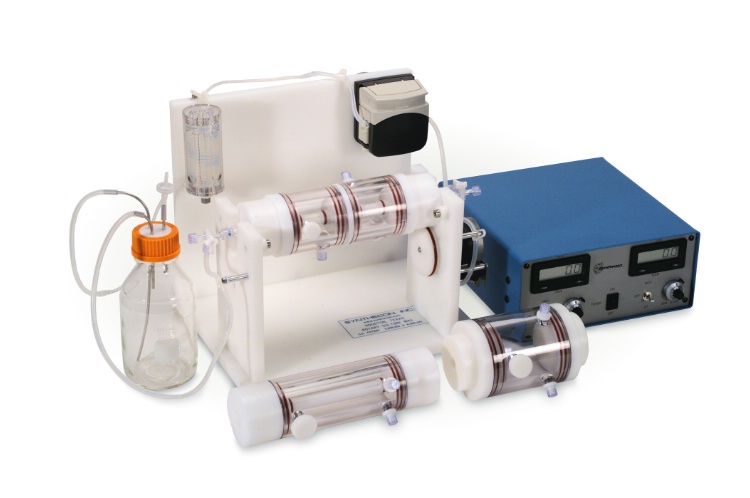For decades, scientists have worked tirelessly to develop new drugs that can treat diseases and improve quality of life. However, one of the biggest challenges has been ensuring these drugs can be effectively delivered throughout the body to reach their intended targets. Conventional drug delivery methods often face limitations such as improper dosage, degradation of drugs before reaching target sites, and harmful side effects. Advances in pharmaceutical drug delivery technologies are helping overcome these obstacles to bring safer, more effective treatment options to patients.
Oral Drug Delivery
Most drugs are commonly administered orally in the form of pills or capsules. However, many molecules are degraded in the harsh acidic environment of the stomach or unable to pass through the intestinal walls into the bloodstream. Drug makers are engineering novel formulations to protect drugs from degradation and enhance oral absorption. Enteric coatings that only dissolve in the higher pH of the intestines help drugs survive the stomach. Polymeric nanoparticles encapsulate drugs and use triggers like pH changes to control release. Liposomes, spherical vesicles made of phospholipids, ferry drugs across the gut barrier. These innovations could transform treatment for diseases affecting the gastrointestinal tract as well as systemic conditions.
Targeted Delivery Systems
While generalized treatment helps many, more targeted Pharmaceutical Drug Delivery offers hope for improved outcomes. Nanocarriers like micelles, dendrimers, and porous silica are being designed to travel directly to diseased sites. Antibody, peptide, and aptamer ligands on carrier surfaces help bond to biomarkers overexpressed on cancer or inflammatory cells. Some release drug payloads intracellularly after receptor-mediated endocytosis. In animal studies, these “smart bombs” concentrating therapies precisely where needed, dramatically increased effectiveness while reducing side effects compared to untargeted regimes. If proven safe in humans, targeted carriers may revolutionize oncology and many other fields.
Alternative Routes
Beyond the gastrointestinal tract, researchers explore innovative pathways. Transdermal patches providing continuous release avoid digestive breakdown. But the skin’s protective barrier blocks most molecules; permeation enhancers and microneedle arrays help overcome this hurdle. Inhalable dry powders or nebulized liquids treating respiratory diseases reach deep lung tissues. Intranasal formulations targeting the brain circumvent its blocking blood–brain barrier. Implantable drug depots releasing drugs over months for disorders like contraception, anesthesia or Parkinson’s avoid daily dosing challenges. Overall, matching each drug with the optimal administration route maximizes therapeutic benefits.
Gene Delivery Vehicles
A particularly exciting avenue utilizes nanocarriers to ferry therapeutic genetic payloads like oligonucleotides, small interfering RNA or DNA into target cells. Viruses modified to be nonpathogenic effectively delivered genes in early gene therapy clinical trials for rare immune disorders; however, safety concerns linger. Nonviral synthetic vectors like cationic lipids, polymers, inorganic nanoparticles currently attract attention for their potentially safer gene delivery ability. The Holy Grail would be a “universal vector” efficiently ushering custom genetic instructions anywhere in the body to cure a range of inherited and acquired diseases at their molecular roots. While still in early research, gene delivery holds enormous potential if technical hurdles around targeting, toxicity and immunogenicity can be overcome.
Personalized Medicine
As pharmacogenomics aids in matching drugs to individual genetic profiles, personalized delivery emerges as an important partner. 3D printed pills tailored for each patient or hydrogel depots gradually releasing precise drug doses implanted by minimally invasive surgery exemplify personalized physical forms. Future “theranostic” systems might diagnose a condition, select optimal treatments and deliver them within a single integrated nanocarrier. Such precisely customized care could transform how we prevent and treat illness. However, fabricating uniquely designed delivery vehicles for billions requires further development of high-throughput manufacturing techniques. With ongoing research, personalized medicine holds the promise to revolutionize healthcare through maximizing therapeutic benefit and minimizing harm.
While pharmaceutical advancements historically centered on discovering new molecular entities, equal focus now lies in developing innovative ways to deliver these agents throughout the body. Evolving technologies addressed in this article show the progress being made in engineering smarter drug forms able to protect labile compounds, selectively target diseased sites, cross biological barriers and release payloads on demand or over extended periods. Such advanced delivery strategies hold great potential to vastly improve treatment outcomes across various therapeutic areas by overcoming limitations of traditional administration routes and general dosing. With continued investment and collaboration between drug makers and materials scientists, each new innovation brings us closer to a future of highly effective yet safer remedies customized for individual patients. Ultimately, these combined efforts promise to transform medicine and elevate standards of healthcare worldwide.
*Note:
1. Source: Coherent Market Insights, Public sources, Desk research
2. We have leveraged AI tools to mine information and compile it


